The History of the Berlin Westhafen
Around 1900 - The History of Westhafen Begins to Unfold


1900 to 1923: Planning and Construction Phase
1924 to 1943 – Expansion and Economic Utilization
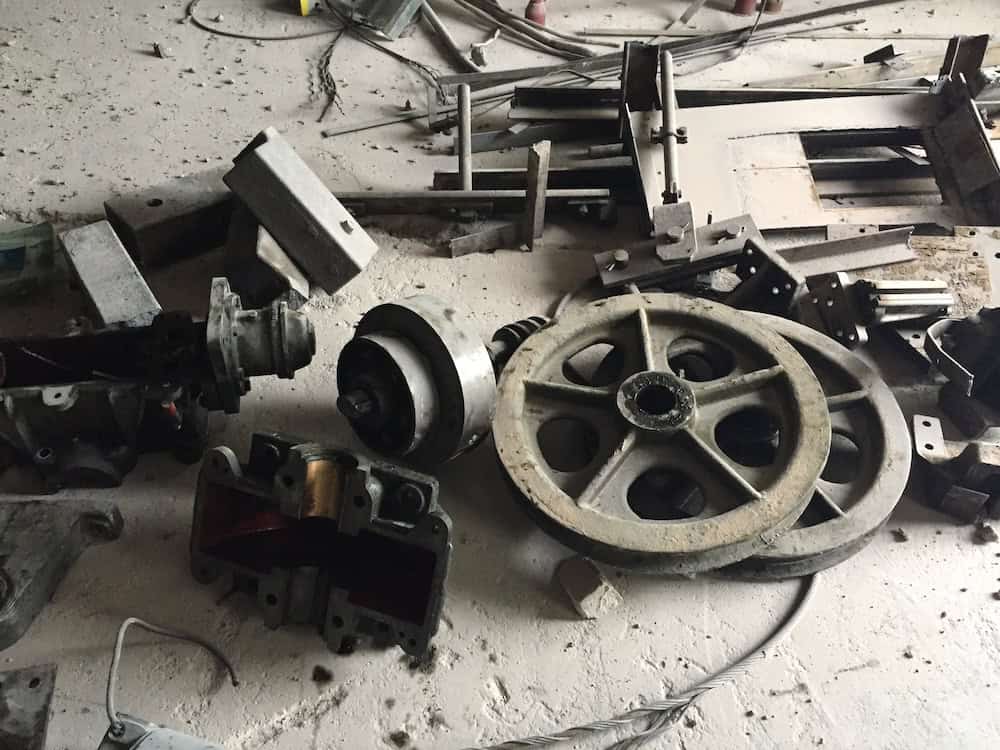
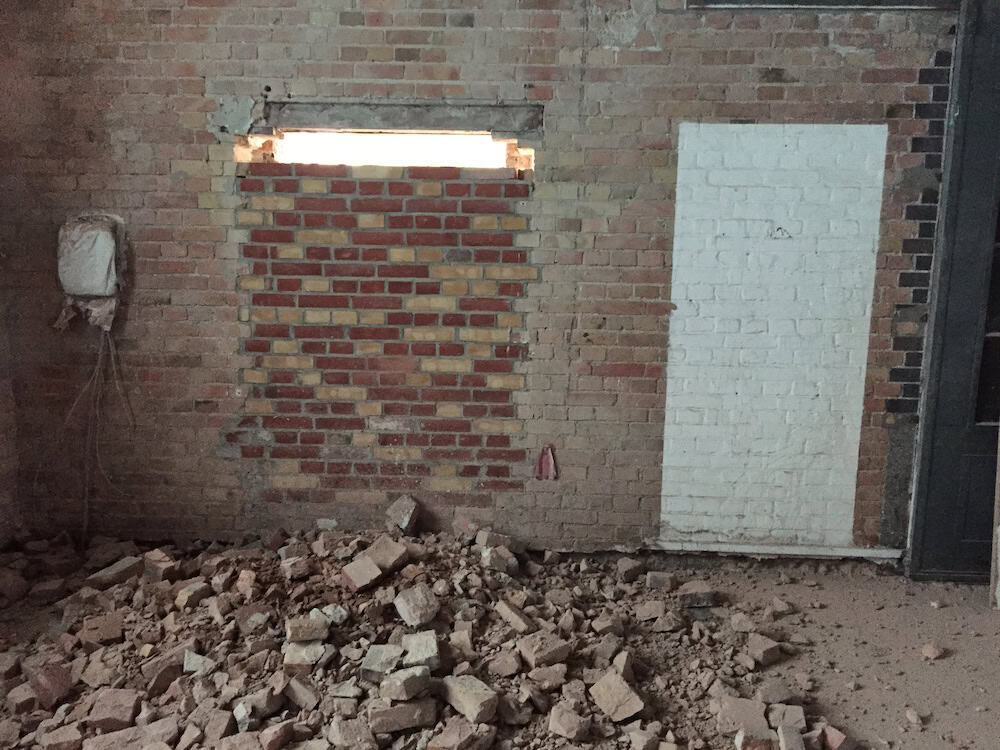
1945 to 1990 – Destruction and Reconstruction
1990 to Present – From Industrial Warehouse to Modern Event Location
After reunification, it took time for the warehouses and administrative buildings to be revitalized. Thanks to extensive restoration measures, the port area is now Berlin’s largest goods handling center. Moreover, the Berlin Westhafen has become a popular venue for events. In the listed Warehouse 1 of the WECC, you can celebrate in a historically rich ambiance – amidst unique architecture and with a spectacular view of the Spree River.
The Westhafen Event & Convention Center was founded in May 2015 by Thorsten Schermall – CEO of the 40SECONDS GROUP – and has since become one of Berlin’s most extraordinary event locations. With two large halls, eight state-of-the-art workshop rooms, and a spacious outdoor area including its own ship dock, the WECC offers 2,800 m² of space for up to 1,700 people. This provides excellent conditions for successful major events such as the Cinema for Peace Gala, the G7 International Expert Conference 2022, and the Ampel Talks of the German Federal Government.

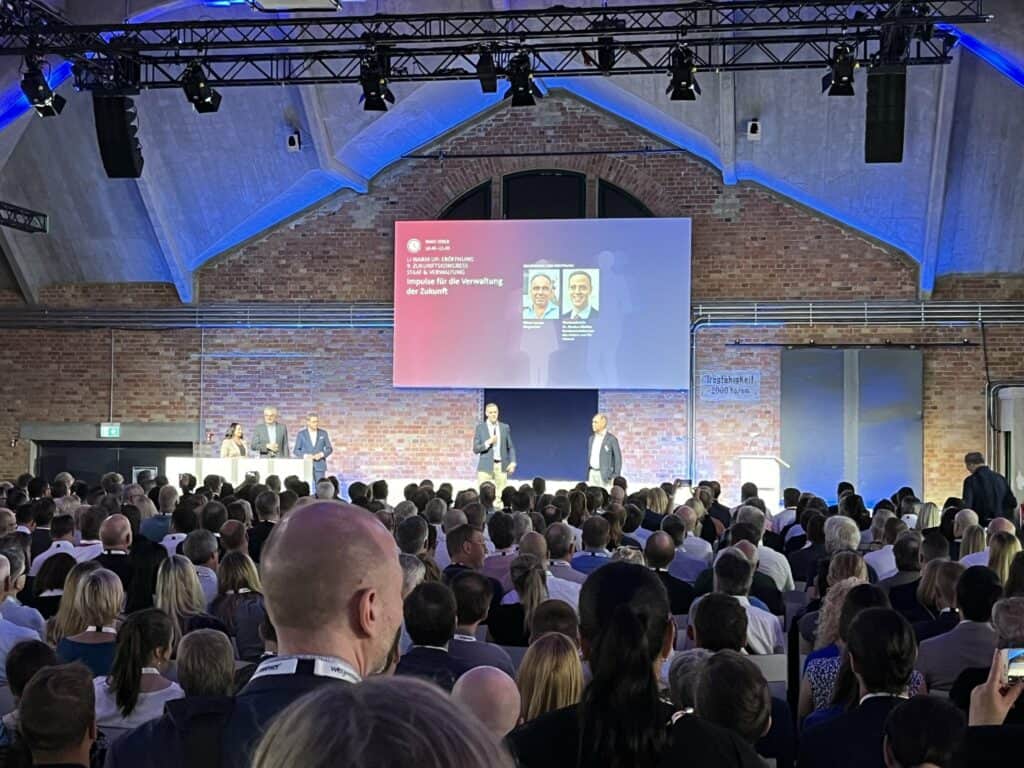
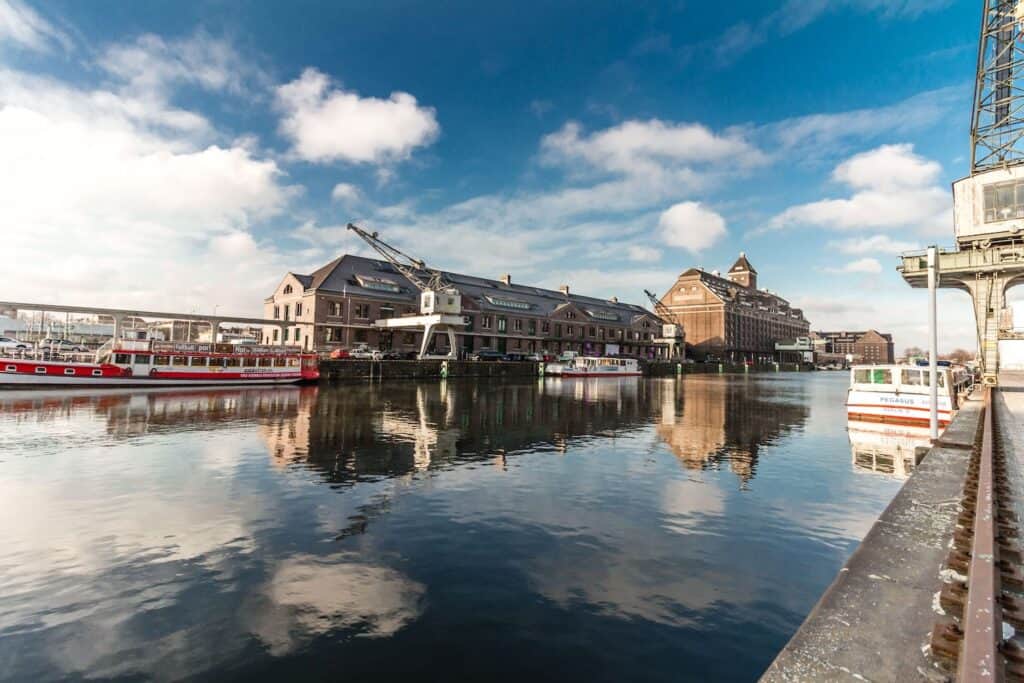
2023 – 100 Years of Westhafen:
Event Location with Historical Flair: The WECC
Workshop Rooms
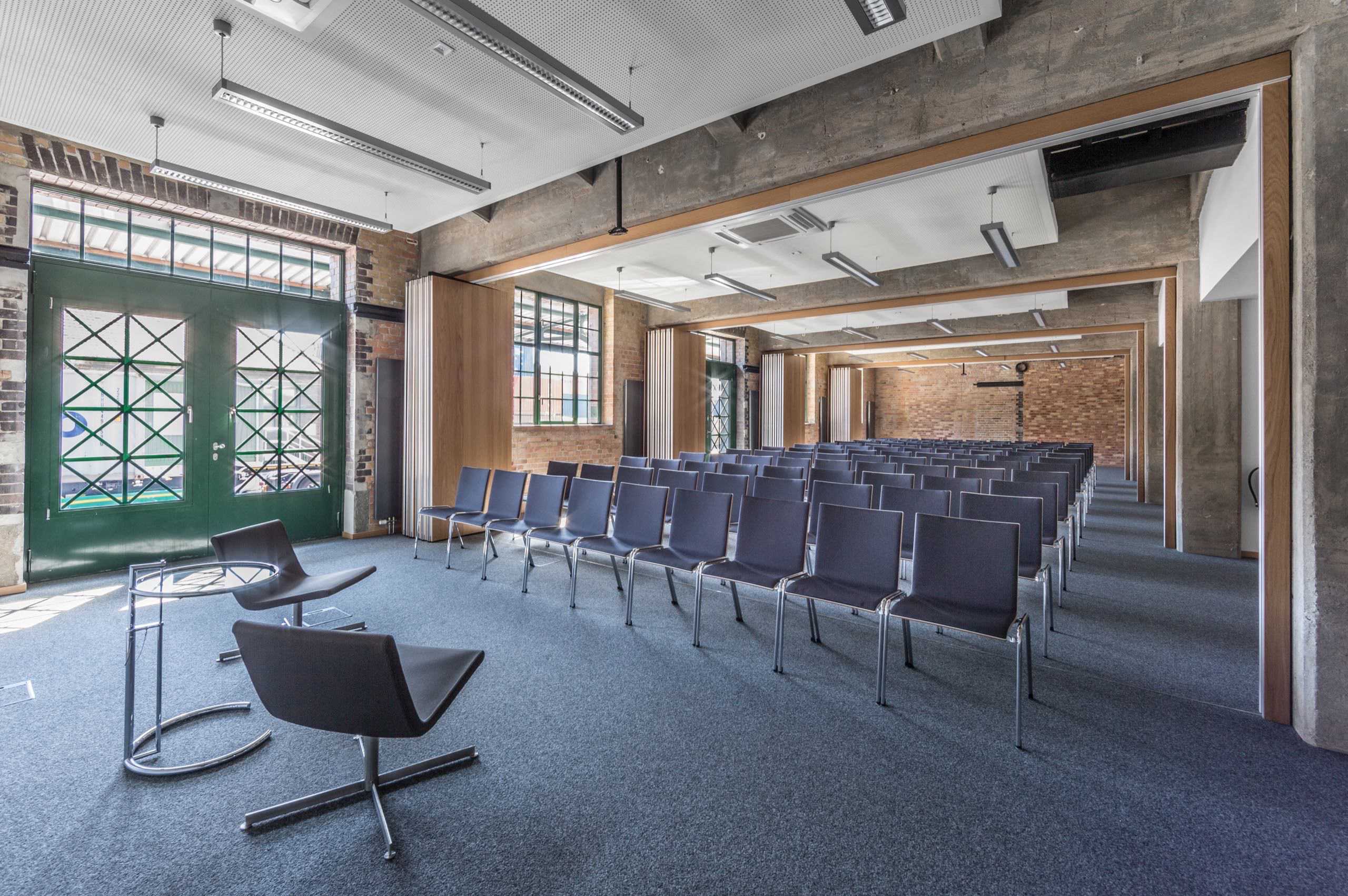
WORKSHOP ROOM COMBO
Surface area: 120 – 200 m²
Capacity
Row: 120 – 180 Max
Parliament: 100 – 130 Max
Banquet: entfällt
Reception: 150 – 250 Max
Room height: 4,50 m
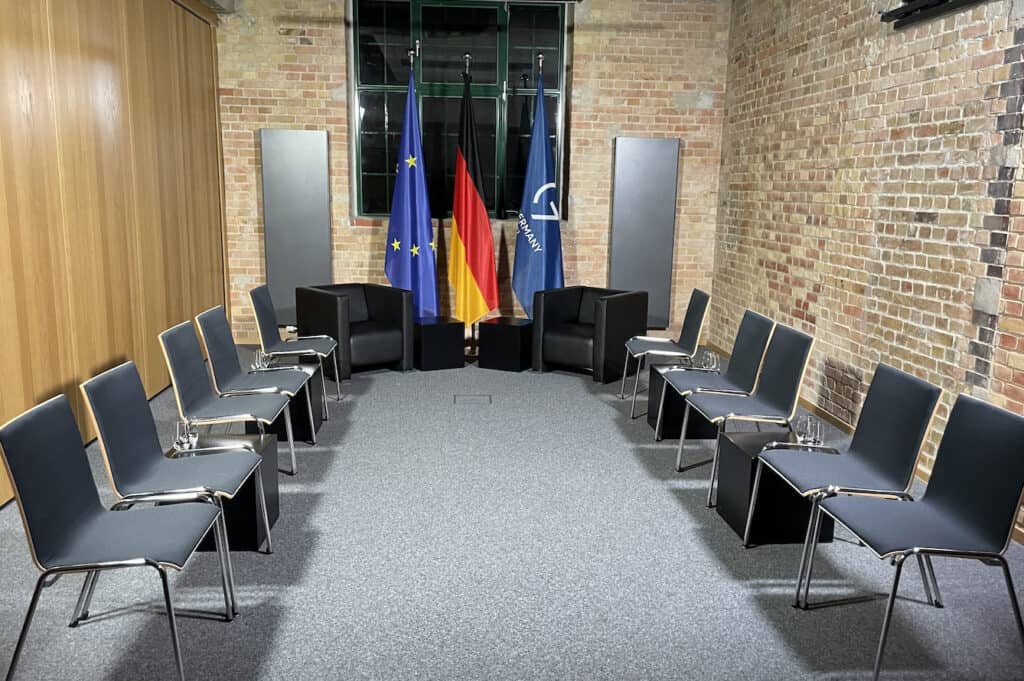
WORKSHOP ROOM SMALL (2)
Surface area: 30 m²
Capacity
Row: 35 Max
Parliament: 16 Max
Banquet: entfällt
Reception: 45 Max
Room height: 4,50 m
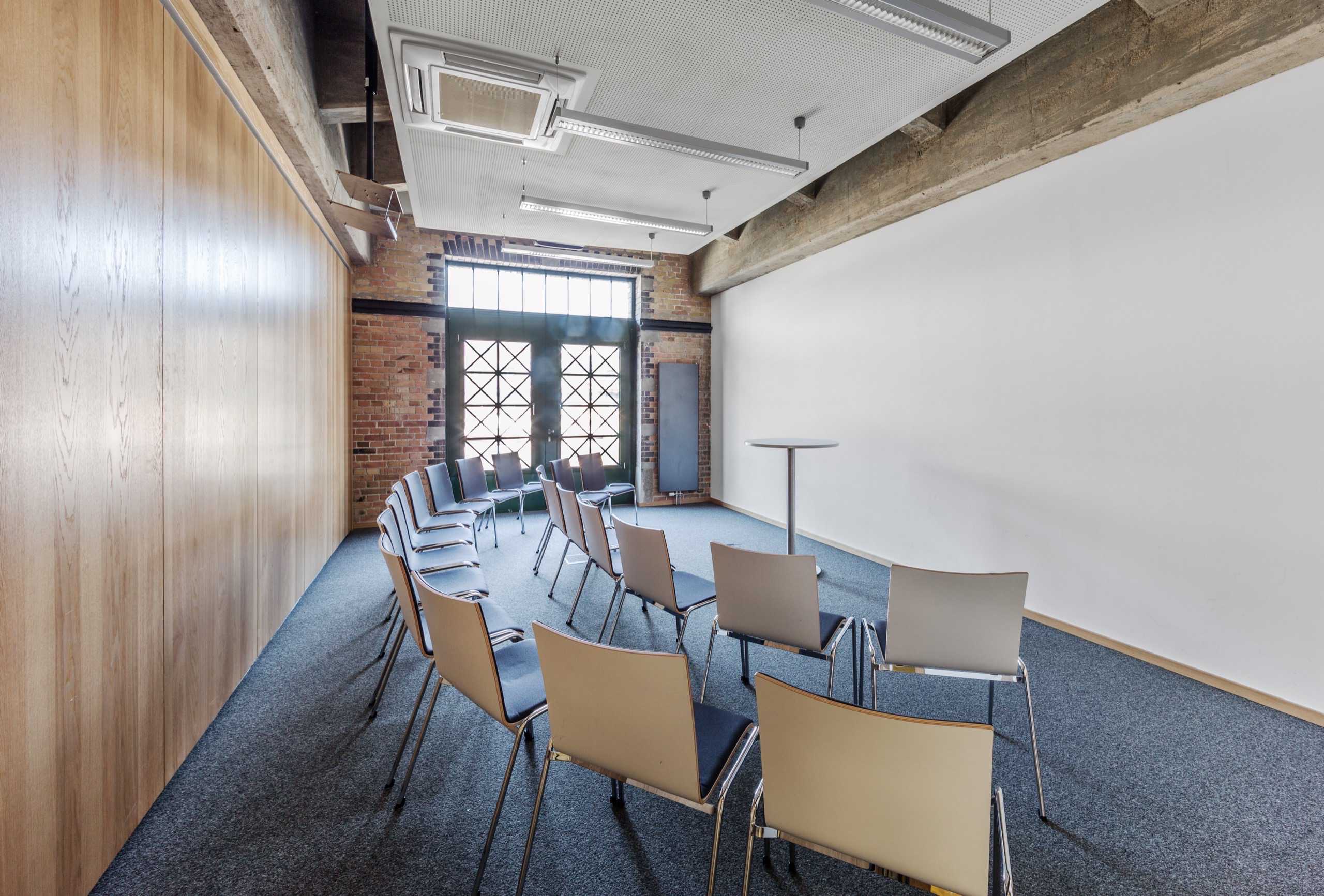
WORKSHOP ROOM MEDIUM (5)
Surface area: 40 m²
Capacity
Row: 45 Max
Parliament: 24 Max
Banquet: entfällt
Reception: 60 Max
Room height: 4,50 m
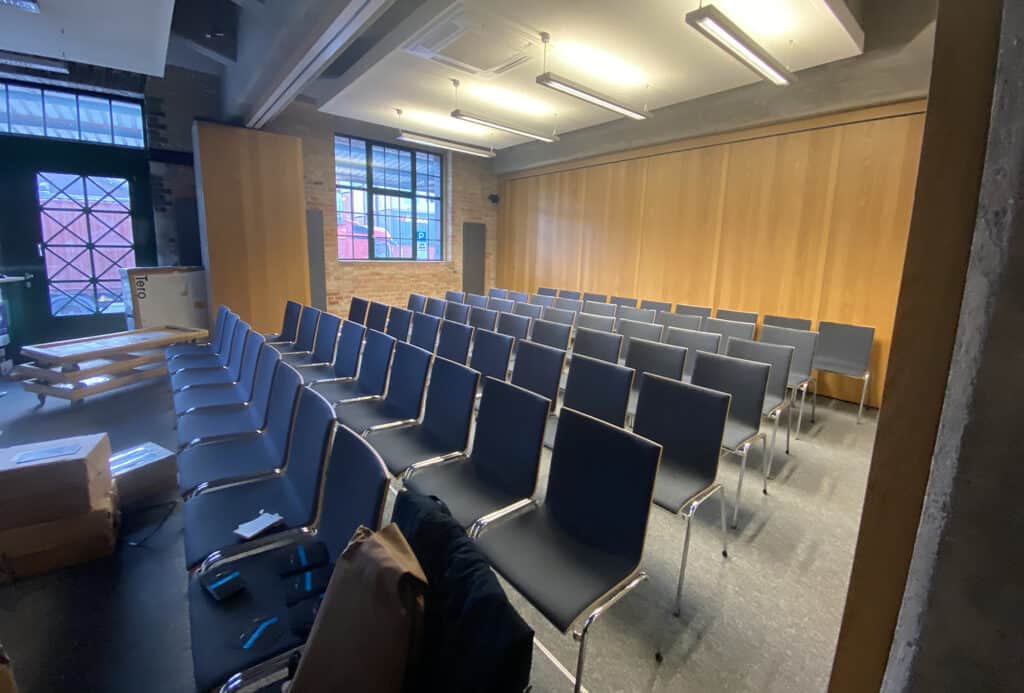
WORKSHOP ROOM LARGE (1)
Surface area: 60 m²
Capacity
Row: 65 Max
Parliament: 40 Max
Banquet: entfällt
Reception: 75 Max
Room height: 4,50 m
Conference and Meeting Rooms
Two spacious halls in modern industrial architecture for a maximum of 1,700 people.
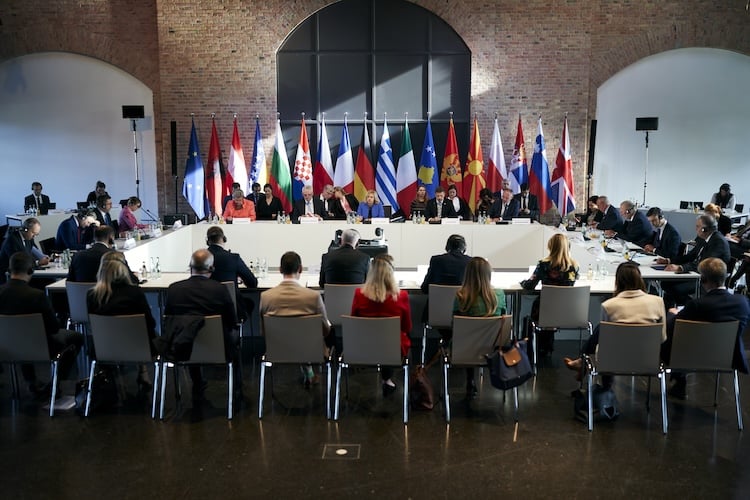
SMALL HALL
Surface area: 416 m²
Capacity
Row: 500 Max
Parliament: 250 Max
Banquet: 350 Max
Reception: 500 Max
Room height: 12,40 m
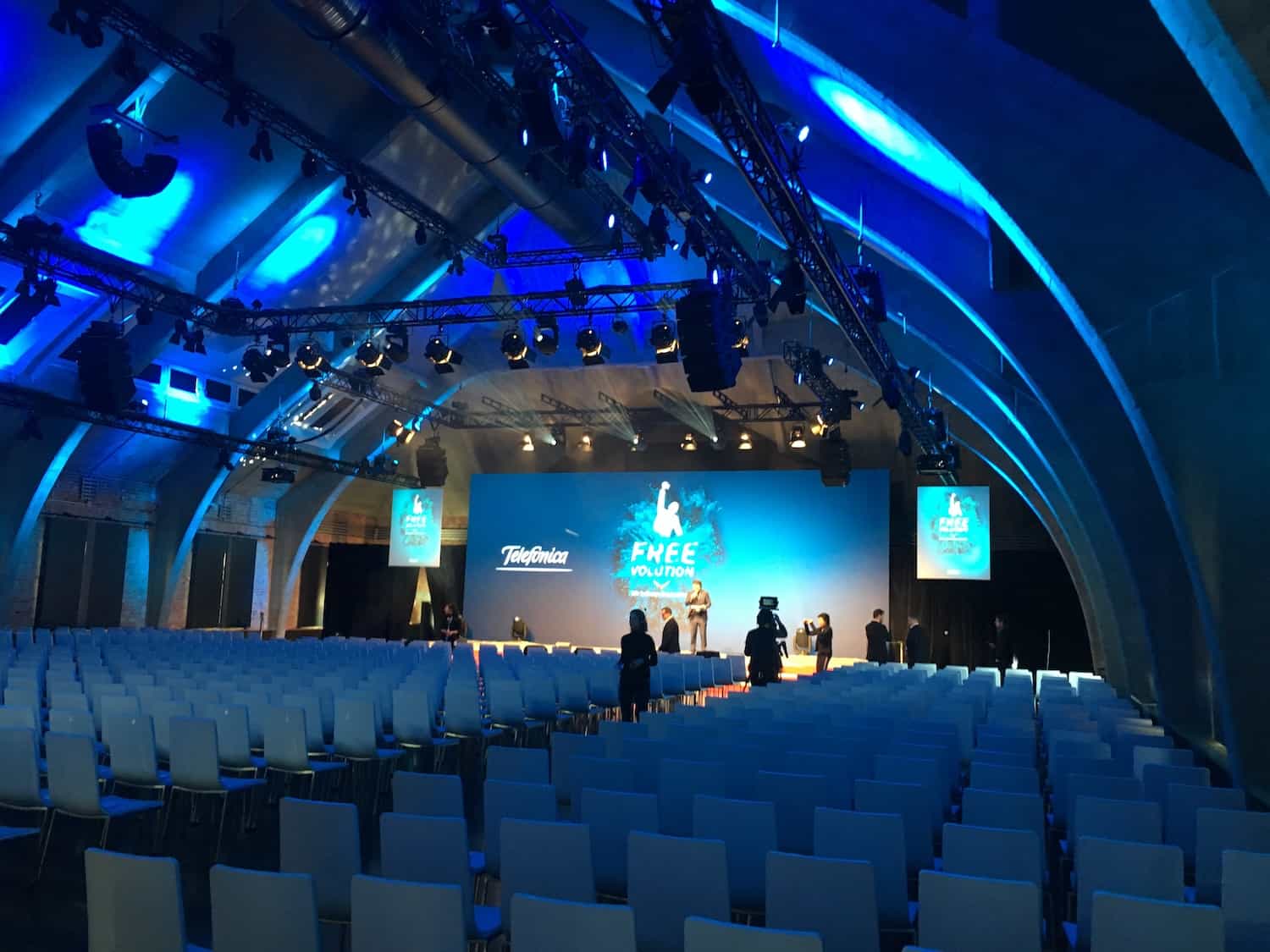
Large Hall
Surface area: 773 m²
Capacity
Row: 1000 Max
Parliament: 550 Max
Banquet: 560 Max
Reception: 1200 Max
Room height: 12,40 m

